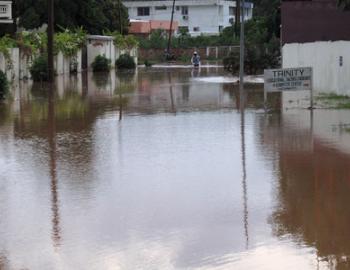REPORT: Kenya ending drought emergencies policy review: scenarios for building resilience in ASALs
REPORT: Kenya ending drought emergencies policy review: scenarios for building resilience in ASALs
This technical report, from the Overseas Development Institute, highlights some of the political economy factors that affect the implementation of Kenya’s Ending Drought Emergencies (EDE) Common Programme Framework (CPF) and inform the implementation of the Inter-governmental Authority on Development (IGAD) Drought Disaster Sustainability Initiative (IDDRSI) in other member states.
Kenya’s arid and semi-arid lands (ASALs) are a unique and challenging context in which to achieve resilience outcomes. ASALs face multiple stressors that increase the vulnerability of communities.
Policies and programming aimed at building resilience in Kenya’s ASALs must recognise the multiple stressors at play and the adaptive capacities that can be harnessed. The challenges are to increase integration of interventions across sectors and to foster strong governance and institutional arrangements for resilience across scales, from community to county to national and regional institutions. A sound policy framework is essential to achieve this, but overcoming these challenges in practice is very difficult.
Ultimately, the aim of this work is to begin to provide policy- makers and planners with a convincing evidence base in the form of specific investment cases to illustrate how well-formulated policies can play a significant role in ensuring sustained economic development.
Read the report here: Kenya ending drought emergencies policy review: scenarios for building resilience in ASALs



